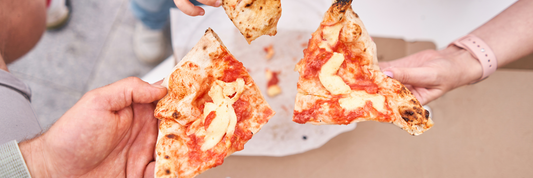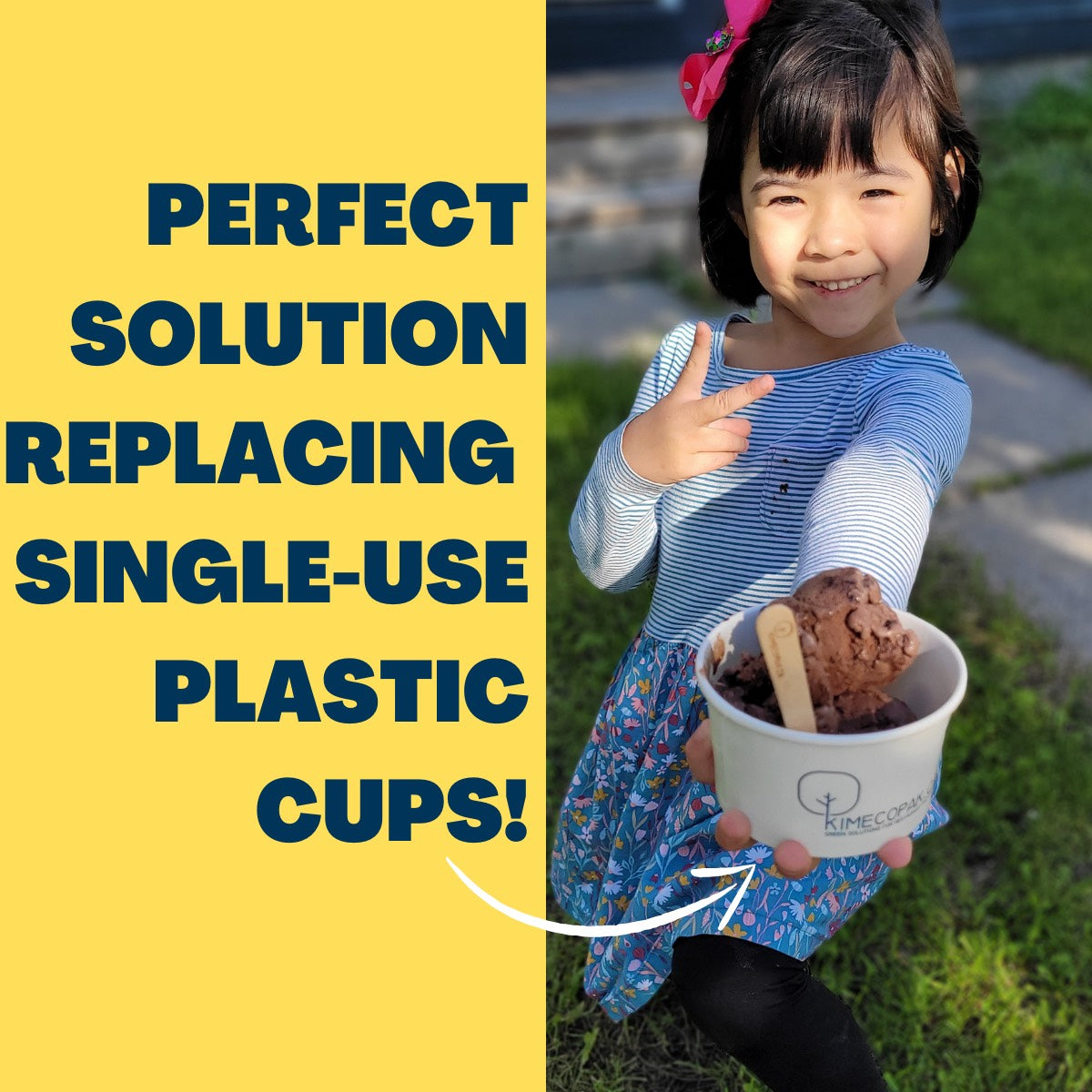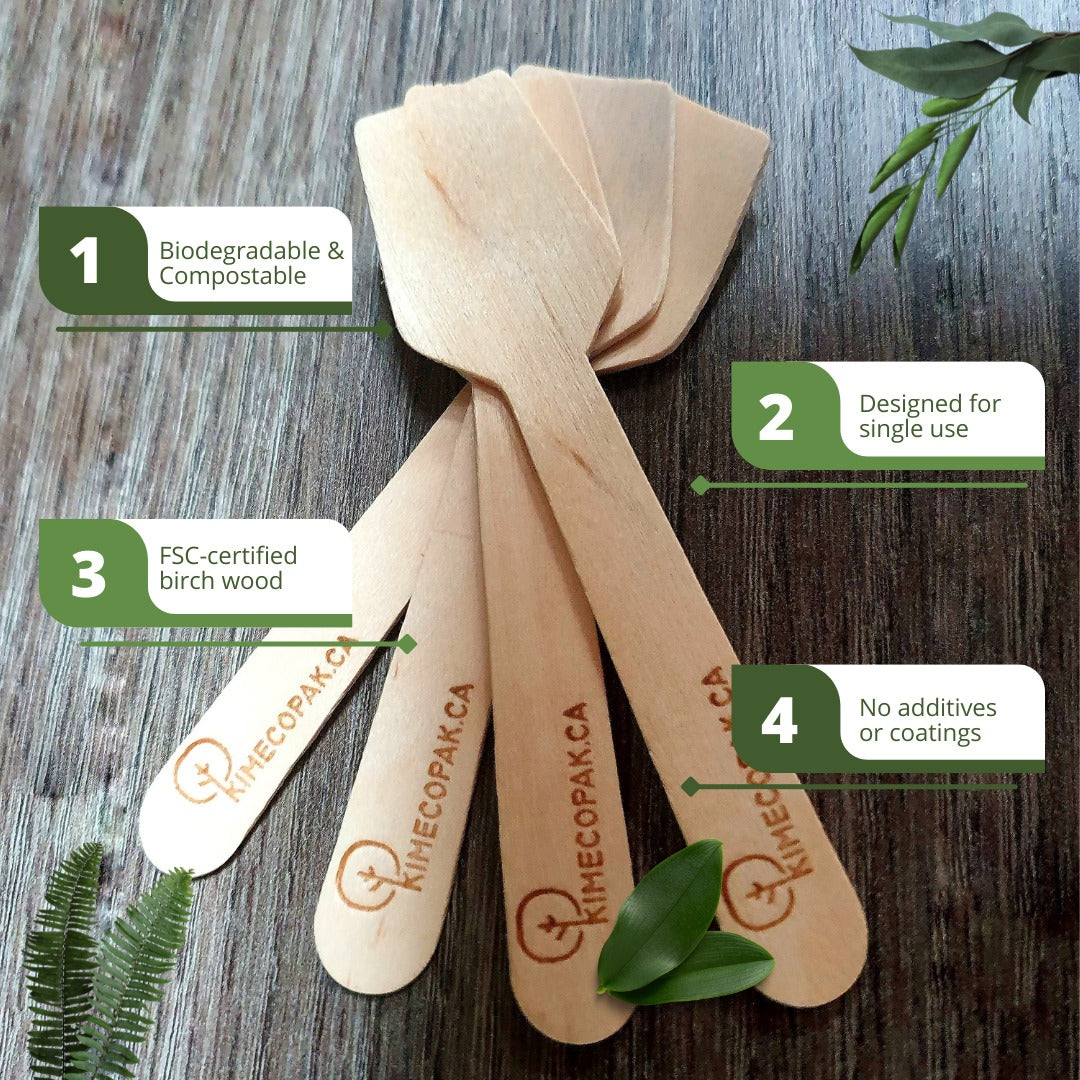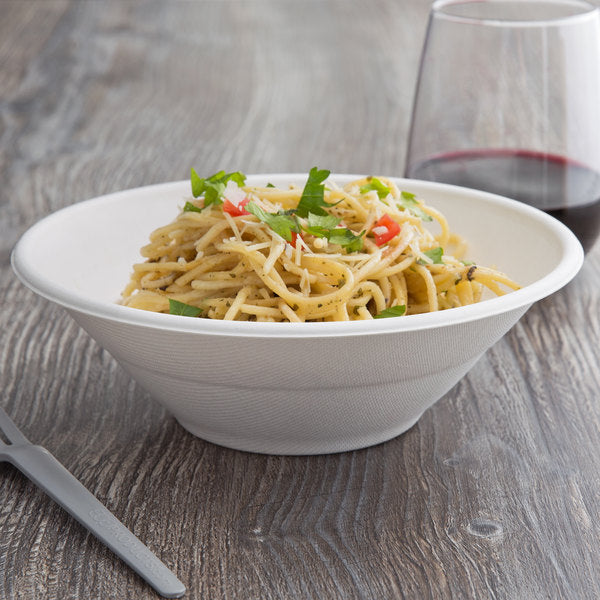Ever wondered how pizza makers effortlessly slide their creations into the oven? It's all thanks to a simple yet crucial tool: the pizza peel. In this article, we'll explore the different types of pizza peel, how to use and buy the right pizza peel. So, let's get started and discover the fascinating world of pizza peels!
- Thing to Do with Pizza Box: 15 Creative and Easy Ideas to Practice
- From Naples to New York: 9 Common Types of Pizza
Pizza Peel Overview
A pizza peel is more than just a tool; it's the foundation upon which many delicious pizzas are built. This essential piece of equipment plays a crucial role in the pizza-making process, from shaping the dough to transferring it to the oven. In this section, we'll delve into the key features and materials that make up a pizza peel.
What Is Pizza Peel?
A pizza peel is a specialized tool designed to handle and transport pizza dough. It typically consists of a flat surface with a handle attached. This tool is essential in the pizza-making process, allowing chefs and home cooks to efficiently transfer dough from the preparation surface to the oven and back.
Pizza Peel Features
- Flat Surface: This is the primary part of the peel, designed to provide a smooth, even surface for the pizza dough.
- Handle: The handle is attached to the flat surface and provides a comfortable grip for easy maneuvering. Handles can vary in shape, size, and material.
- Material: Pizza peels can be made from a variety of materials, each with its own advantages and disadvantages.
Which Pizza Peel Material Should You Choose?
When choosing a pizza peel, the material you select can impact your pizza-making experience. Here's a comparison of wood, steel, and aluminum peels:
Wood Pizza Peels
-
Advantages:
- Traditional Feel: Wood peels offer a classic, authentic feel and are often favored for their aesthetic appeal.
- Less Sticky: Wood is less likely to cause the dough to stick compared to metal peels, especially if properly floured.
- Durability: Can be very durable if maintained properly and not exposed to excessive moisture.
-
Disadvantages:
- Maintenance: Requires regular seasoning and cleaning to prevent cracking and warping.
- Weight: Generally heavier than metal peels, which can be cumbersome for some users.
Steel Pizza Peels
-
Advantages:
- Heat Conduction: Steel peels are excellent for transferring pizzas in and out of a hot oven due to their high heat conductivity.
- Durability: Very strong and resistant to warping or bending.
- Thin Edge: Typically have a thinner edge, making it easier to slide under the pizza.
-
Disadvantages:
- Stickiness: Dough can stick to steel if not well-floured, especially with a non-perforated peel.
- Weight: Can be heavier compared to aluminum peels, though this varies by design.
Aluminum Pizza Peels
-
Advantages:
- Lightweight: Aluminum peels are lighter than wood and steel, making them easier to handle.
- Non-Stick Surface: Often have a non-stick coating or are anodized to reduce sticking.
- Affordable: Generally less expensive than steel or high-quality wood peels.
-
Disadvantages:
- Durability: Less durable than steel, and can bend or warp under high heat if not made of high-grade aluminum.
- Heat Conduction: Not as effective in heat conduction as steel peels.
Consider your specific needs, including the type of oven you use and how frequently you make pizza, to choose the best material for your pizza peel.

What Size Pizza Peel Do I Need?
The size of your pizza peel should be slightly larger than the pizzas you plan to make. This will ensure that you have enough room to maneuver the dough and prevent it from spilling over the edges. Consider your oven size and kitchen space when selecting a pizza peel.
Here are some general guidelines:
- Small pizzas: A 12-inch pizza peel is typically sufficient for small pizzas.
- Medium pizzas: A 14-inch pizza peel is a good choice for medium-sized pizzas.
- Large pizzas: For large pizzas, a 16-inch or even 18-inch pizza peel may be necessary.
How to Use a Pizza Peel
Using a pizza peel requires a bit of practice, but once you get the hang of it, it becomes second nature. Here's a breakdown of the proper techniques and care tips:
Proper Techniques for Handling and Launching Pizza
- Prepare the peel: Ensure the peel is clean and dry before use. Sprinkle a light layer of flour or cornmeal onto the surface to prevent the dough from sticking. The choice of flour or cornmeal depends on personal preference and the type of pizza you're making. For example, cornmeal can provide a crispier crust, while flour can offer a smoother texture.
- Shape the dough: Once your pizza dough is ready, shape it into your desired size and thickness. Use your hands to gently stretch and manipulate the dough until it reaches your preferred shape. Remember to leave a slight rim around the edge for a traditional pizza crust.
- Transfer the dough: Carefully slide the dough onto the floured or cornmealed surface of the peel. Use a gentle, sweeping motion to avoid tearing the dough. If the dough is sticking, try sprinkling a little more flour or cornmeal onto the peel.
- Launch the pizza: Position the pizza peel near the oven. With a firm, smooth motion, slide the pizza off the peel and into the oven. Practice makes perfect! Remember to aim for the center of the oven to ensure even cooking.
Tips for Cleaning and Maintaining Pizza Peel
- Regular cleaning: After each use, clean the pizza peel with warm, soapy water. This will help prevent buildup and ensure a smooth surface for future use. For stubborn stains, you can use a mild abrasive, such as baking soda.
- Avoid soaking: Prolonged soaking can damage wooden peels. Instead, wipe them down with a damp cloth and allow them to air dry.
- Wooden peel care: To maintain the condition of wooden peels, apply a light coat of mineral oil periodically. This will help prevent drying and cracking. Remember to wipe off any excess oil before using the peel.
- Metal peel care: Metal peels can be cleaned with a mild abrasive, such as baking soda, to remove stubborn stains. Avoid using harsh chemicals or abrasive sponges that could scratch the surface.
- Silicone peel care: Silicone peels are easy to clean and can be washed in the dishwasher. However, it's recommended to check the manufacturer's instructions for specific care guidelines.

Pizza Peel Alternatives
While the pizza peel is the most common tool for launching pizza, there are other options available that can serve the same purpose. Let's explore some alternatives and when to choose a pizza peel over them.
Other Tools for Launching Pizza
- Pizza Paddle: Similar to a pizza peel, a pizza paddle is a flat surface with a handle. However, pizza paddles are often made from a thicker material, such as wood or metal, and may have a perforated surface to allow for better airflow and crispier crusts.
- Pizza Spatula: A pizza spatula is a flat, rectangular tool with a long handle. It's often used to lift and flip pizza, but it can also be used to launch pizza into the oven.
When to Choose a Pizza Peel Over Other Options
- Dough Thickness: For thicker pizza doughs, a pizza peel is often preferred due to its larger surface area and ability to provide better support.
- Pizza Size: If you frequently make large pizzas, a pizza peel is a good choice as it can accommodate larger sizes more easily.
- Ease of Use: Many people find pizza peels easier to use and maneuver than other alternatives, especially when launching pizza into a hot oven.
- Traditional Experience: If you're looking for a traditional pizza-making experience, a pizza peel is the classic choice.
Pizza Peel FAQ
What Is the Best Material for Pizza Peel?
The best material for a pizza peel depends on your preferences. Wooden peels are classic and natural, while metal peels are durable and easy to clean. Silicone peels are flexible and heat-resistant.
Why Is It Called a Pizza Peel?
The term "pizza peel" comes from the Latin word "pala," meaning spade. This name reflects the tool's traditional design, which resembles a spade or shovel. Historically, pizza peels were crafted with a flat, spade-like shape to easily slide under pizzas and transfer them in and out of the oven.
Conclusion
The pizza peel is an essential tool for anyone who loves making pizza. It helps you easily move the dough from your countertop to the oven and back. There are different types of pizza peels made from different materials, so you can choose the one that best suits your needs. With a little practice, you'll be a pizza-making pro in no time!







